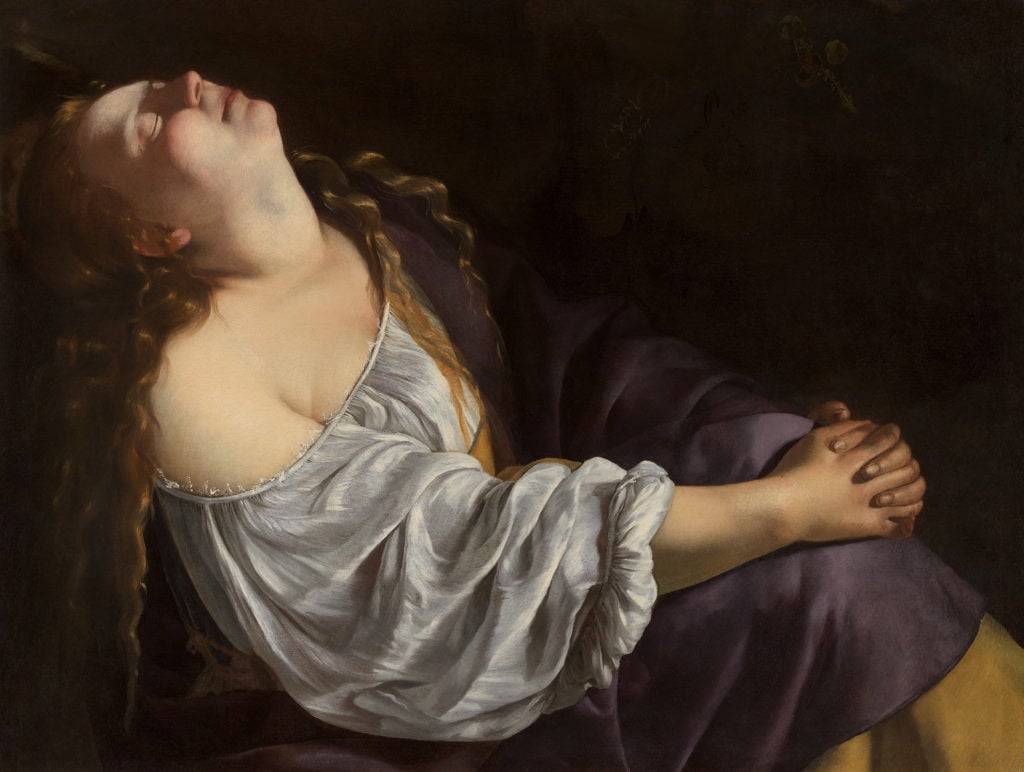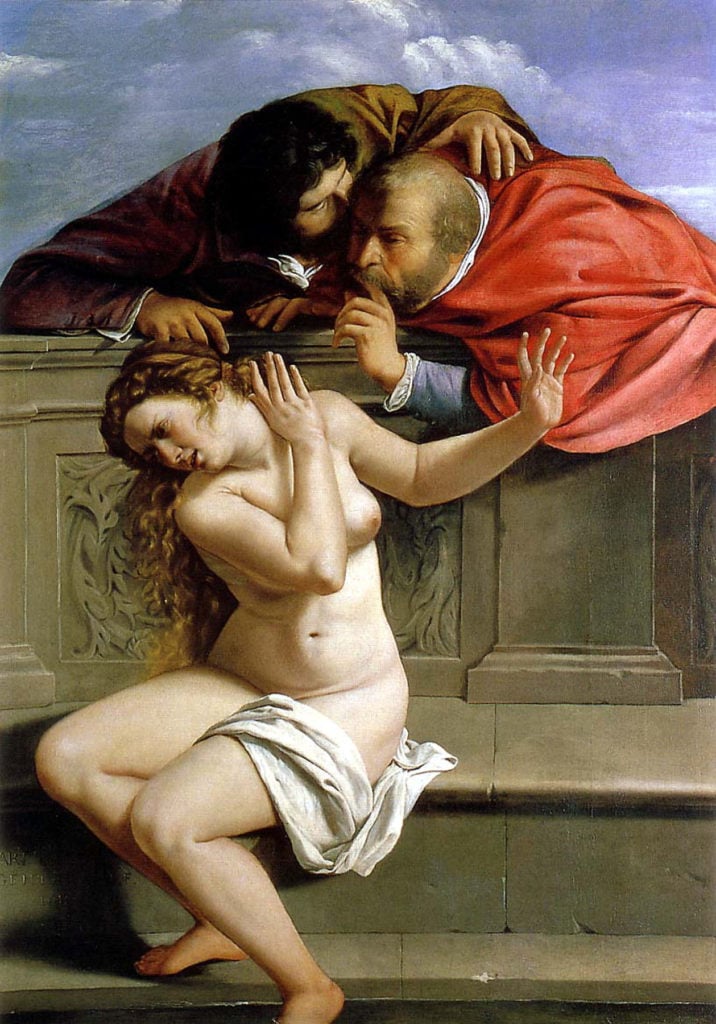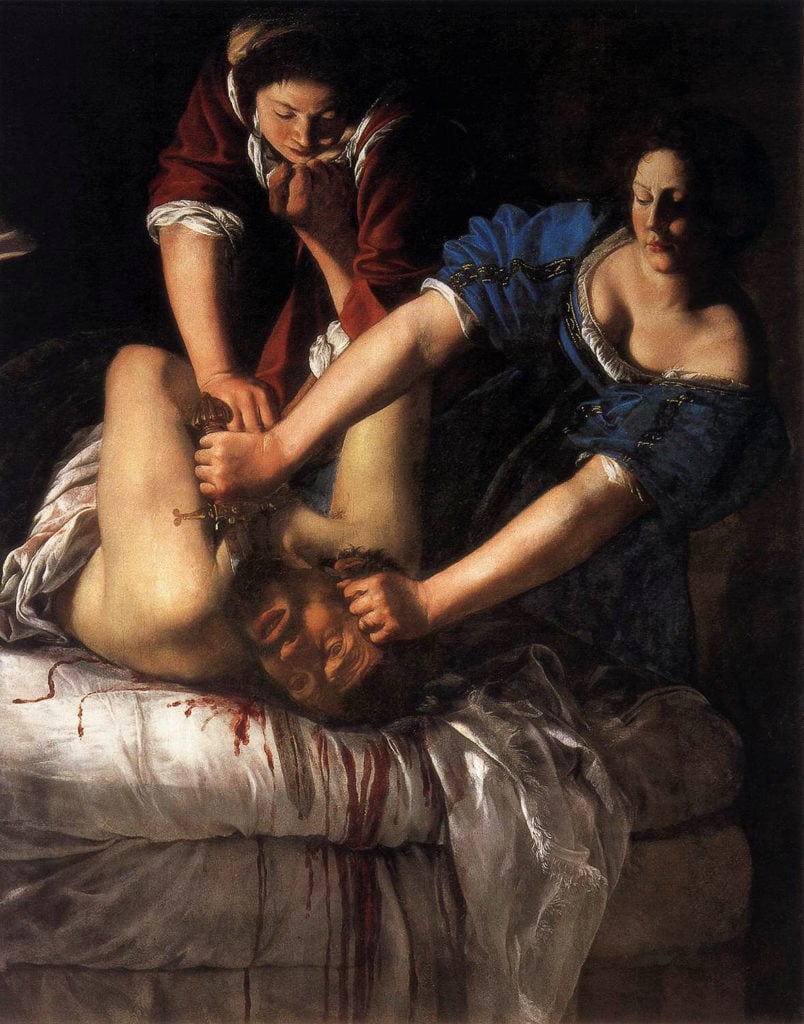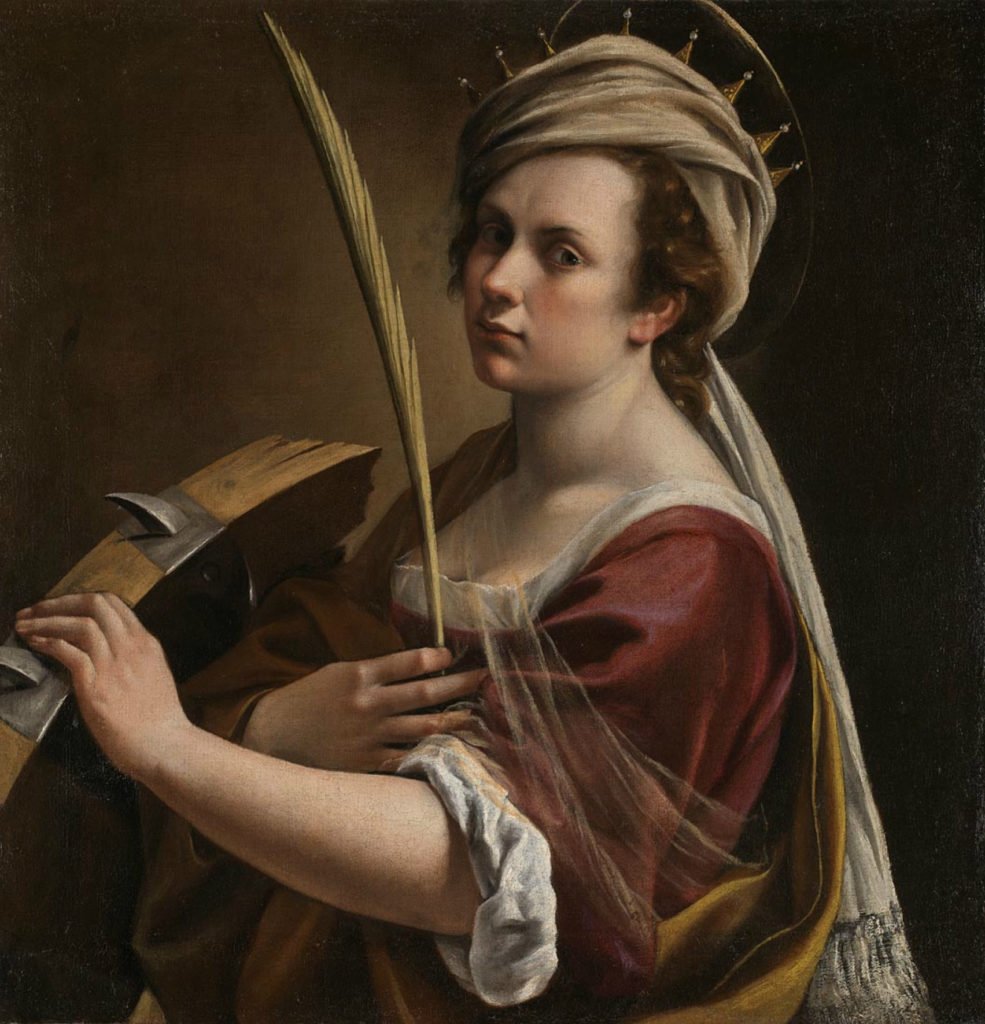Art World
Newly Beloved Old Master Artemisia Gentileschi’s Life Story Is Dramatic Enough for a TV Series—and Soon, It Will Be the Subject of One
The series goes into production next year.

The series goes into production next year.

Sarah Cascone

The life of Artemisia Gentileschi (1593–1652), the great Baroque painter who is the subject of the London National Gallery’s much heralded exhibition, will be the focus of a new scripted television series from ViacomCBS International Studios.
Frida Torresblanco, known for her work on Pan’s Labyrinth (2010), has signed on as executive producer, alongside Jill Offman.
The show will be based on Mary Garrard’s authoritative biography, Artemisia Gentileschi: The Image of the Female Hero in Italian Baroque Art (1989). The book includes the 400-year-old court transcript from Gentileschi’s rape trial, a horrifying record of how she was forced to endure a gynecological exam and was tortured to prove the truth of her accusations against fellow painter Agostino Tassi.
“I couldn’t be more passionate about giving Artemisia a voice and bringing her timely story to the screen. Now more than ever the inspiration that her life and her art provides is needed,” Torresblanco said in a statement. “This will be a contemporary feminist piece that is at once provocative and transgressive, invoking the spirit of our present moment in an eloquent and elegant way.”

Artemisia Gentileschi, Susanna and the Elders (1610–11). Courtesy of the Schloss Weißenstein collection, Pommersfelden, Germany.
Although this will be the first television show based on Gentileschi’s life, she was the subject of a 1997 film, Artemisia, starring Valentina Cervi in the title role and directed by Agnès Merlet. The movie controversially depicted Gentileschi’s relationship with Tassi as consensual.
The rare woman who achieved renown in the male-dominated artistic community of her day, Gentileschi was a brilliant talent, trained by her father, the noted painter Orazio Gentileschi.
But when he hired Tassi as Gentileschi’s teacher, her life was forever changed. Tassi raped the 17-year-old Gentileschi, and her father filed a lawsuit on her behalf, citing damaged property.
Tassi was found guilty, but his sentence of exile from Rome was never carried out. For her part, Gentileschi went on to greatness, marrying and moving to Florence shortly after the verdict. There, she was the first woman to join the Accademia delle Arti del Disegno, becoming a court painter for the House of Medici.
Gentileschi’s work captured the public’s imagination with its depictions of sexual violence and strong women (a repeat subject was Judith slaying Holofernes), and her paintings are often interpreted through the lens of her sexual assault. (Torresblanco called her a “young and brave woman who… [overcame] abuse and… turn[ed] it into a legacy of genius.”)

Artemisia Gentileschi, Judith Slaying Holofernes (c. 1614–1620). Courtesy of the National Museum of Capodimonte, Naples.
Since the 1970s, Gentileschi has become an important figure for feminist scholars. More recently, the rise of the #MeToo movement gave Gentileschi’s story new resonance, transforming her work into symbol against the oppression of women.
This renewed interest has attended an unprecedented surge in Gentileschi’s market.
The highest price ever paid for a work by the artist was set in November, when Lucretia sold for nearly €4.8 million ($5.28 million) at the Artcurial auction house in Paris.
Her top six prices have all been achieved in the last six years, according to the Artnet Price Database.

Artemisia Gentileschi, Self-Portrait as Saint Catherine of Alexandria (c. 1615–17). Courtesy of the National Gallery, London.
After months of delay, the National Gallery opened its eagerly awaited show, on view through January 24, 2021, on October 3.
The museum’s first-ever show dedicated to a female artist, the exhibition features 29 works by the artist—about half of her known oeuvre—including the gallery’s own Self Portrait as Saint Catherine of Alexandria, acquired to much fanfare in 2018.
The museum purchased it for £3.6 million ($4.7 million) from London gallery Robilant and Voena after the canvas auctioned for a then-record €1.6 million ($1.8 million) at the Christophe Joron-Derem auction house in December 2017.